Playtime to Performance: Using Makeup for Kids’ Theater
The world of children’s theater is a vibrant and dynamic space where imagination reigns supreme. From playful stories to engaging characters, children learn various skills and lessons through participation in the performing arts. One crucial element that enhances this experience is makeup. Makeup for kids’ theater, while often overlooked, serves as a powerful tool—transforming young performers into their characters and enriching their theatrical experience. This article delves into the role of makeup in kids’ theater, exploring its significance, techniques, safety considerations, and educational benefits.
The Importance of Makeup in Kids’ Theater
Makeup is essential in theater for several reasons. First and foremost, it helps convey characters effectively to the audience. In a children’s production, where performers may be quite young and still developing their vocal projection and physical expressiveness, makeup plays a vital role in ensuring their characters are visually recognizable. Makeup also enhances the storytelling aspect of performances, creating a visual narrative that resonates with audiences.
1. Character Transformation
Children’s theater is often characterized by larger-than-life characters. Makeup allows young performers to embody these roles more completely. For instance, a child playing a princess may wear rosy cheeks and shimmering eye shadow to enhance her character’s ethereal beauty. Conversely, a character like a monster can be brought to life with dark tones, exaggerated features, and even special effects makeup.
In addition, makeup helps to bridge the gap between children’s imaginative play and their performance on stage. It helps them see themselves as the characters they represent, fostering confidence and a sense of ownership over their roles. This transformation can be empowering, encouraging creativity and self-expression in ways that resonate well beyond the stage.
2. Visual Communication
In theater, visual elements are crucial in conveying emotions and narrative arcs. Makeup allows for non-verbal communication, which is essential, especially in children’s productions where dialogue may be limited or simple. For instance, a sad character might have tear-stained cheeks or dark circles under their eyes, while a villain could have sharp, angular features accentuated by bold makeup choices.
The use of color, texture, and design in makeup can significantly impact how an audience perceives a character. For example, bright colors can indicate joy or innocence, while darker hues may suggest malevolence or complexity. This visual language is an integral part of theater, and young performers must learn to use it effectively.
Techniques for Applying Makeup in Kids’ Theater
Applying makeup for children’s theater requires a different approach than adult theater. Here are some effective techniques to ensure a successful makeup application.
1. Basic Application Techniques
Learning the fundamentals is key for young performers and their mentors. Here are some basic techniques to focus on:
a. Foundation
Choosing the right foundation is essential, especially for children’s sensitive skin. Opt for hypoallergenic, water-based foundations that can even out skin tone without causing irritation. Application should be light and even, ensuring it appears natural on stage.
b. Eye Makeup
Makeup around the eyes can include mascara and eye shadow. Use products specifically designed for children to minimize risks. Bright colors can be effective for stage performances, but always test for allergies first.
c. Cheeks and Lips
Adding color to the cheeks can enhance a child’s expression. Cream blushes are generally easier to apply than powder ones and provide a vibrant, lively look. For lips, choose non-toxic, child-friendly lip colors that can withstand the rigor of performance.
2. Character-Specific Techniques
Makeup application can differ depending on the character being portrayed. Here are some tailored approaches:
a. Fantasy Characters
For characters like fairies, princesses, or other fantastical beings, focus on glitter, shimmers, and pastels. Enhance the cheeks with a glow and use bright or whimsical designs on the eyelids.
b. Villains and Monsters
These characters often require bold and darker makeup. Use contrasting colors, such as blacks and reds, and consider special FX makeup like scars or exaggerated features to create a striking effect.
3. Practical Considerations
Ensure tools like brushes and sponges are clean and sanitized, preventing any chance of skin irritation or infection. Setting sprays can help the makeup withstand the lighting and activity during performances.
Safety Considerations for Kids’ Theater Makeup
The safety of young performers should always be a priority, particularly when it comes to makeup application. Several guidelines can help mitigate risks associated with makeup use on children.
1. Choosing Safe Products
Select hypoallergenic and non-toxic products designed for children’s use. Always read labels carefully to ensure that the ingredients are safe and suitable for young skin.
2. Conducting Patch Tests
Before applying any new product extensively, perform a patch test on a small area of the child’s skin. Observing for allergic reactions or sensitivity can prevent potential issues during performances.
3. Hygiene Practices
Encourage good hygiene practices during makeup application. This includes using clean brushes, avoiding sharing products among multiple children, and ensuring that performers wash their faces thoroughly after performances.
4. Supervision and Training
Whenever possible, adults or trained individuals should supervise the makeup application process. This ensures that techniques are correctly used and that safety protocols are followed.
Educational Benefits of Using Makeup in Kids’ Theater
In addition to its aesthetic and narrative importance, incorporating makeup into kids’ theater offers numerous educational benefits.
1. Fostering Creativity
Makeup encourages creativity as children learn to envision their characters and experiment with colors, styles, and techniques. This creative exploration empowers them to think outside traditional boundaries and express their artistic inclinations.
2. Building Confidence
Transforming into a character can be an empowering experience. When children see themselves enhanced by makeup, it boosts self-esteem and encourages them to embrace their performance in a more enthusiastic manner.
3. Team Collaboration
The process of applying makeup often involves collaboration among cast members and crew. Children learn teamwork skills as they assist one another in getting ready for performances, building friendships and camaraderie.
4. Understanding Character Development
Using makeup helps children delve deeper into character development. It prompts them to think critically about their character’s traits, emotions, and motivations. This understanding enriches their performances and enhances their overall theater experience.
5. Promoting Technical Skills
Working with makeup also teaches technical skills, whether it’s applying it, selecting proper products, or understanding design concepts. These skills can be transferable beyond the theater, providing valuable lessons in artistry and aesthetics.
Conclusion
Makeup is an invaluable component in the world of children’s theater. It serves as both a transformative tool and a medium for creative expression. By understanding the importance of makeup, learning effective application techniques, ensuring safety, and recognizing the educational benefits, we can enhance the theatrical experience for young performers. This journey from playtime to performance allows children to explore their creativity and build skills that will serve them well in many areas of life—both on and off the stage.
In celebrating the magic of children’s theater, we not only enhance performance art but also cultivate a generation that values creativity, collaboration, and self-expression.
References
- Benner, A. (2021). The Art of Theatre Makeup for Kids. New York: Theater Press.
- Donovan, L. (2019). Makeup Safety in Kids’ Productions. Journal of Youth Theater, 14(2), 45-58.
- Green, R. (2020). Expressive Arts and Development in Early Childhood. Los Angeles: Graphics Publications.
- Weaver, M. (2022). Creating Role Models: The Impact of Theater on Childhood Development. Creative Arts Review, 6(3), 15-34.







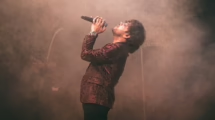
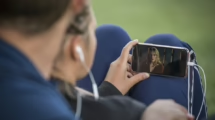


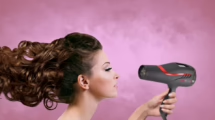
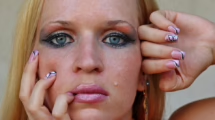
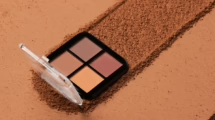
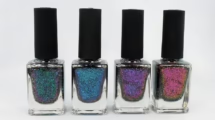
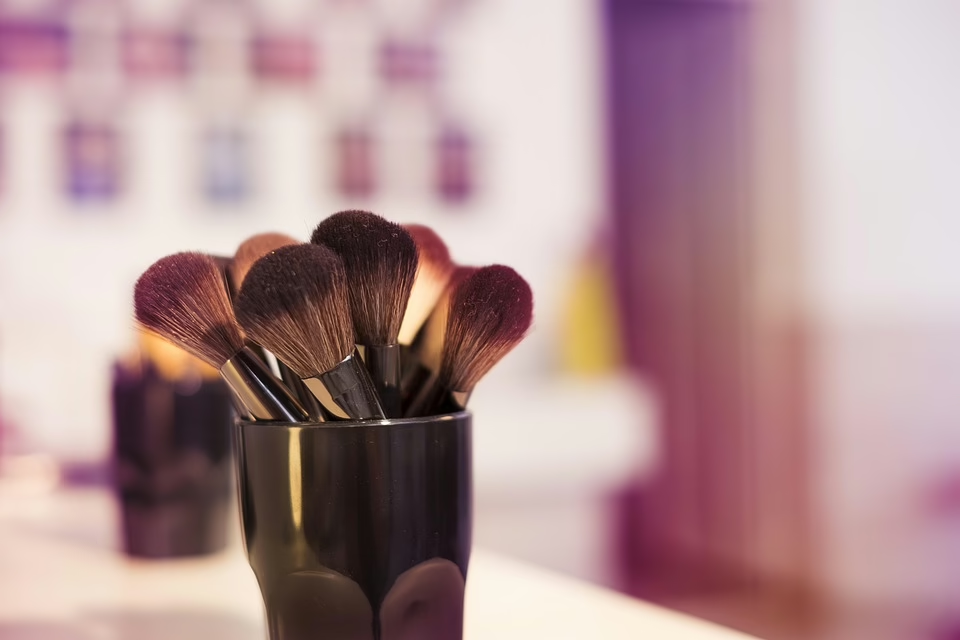
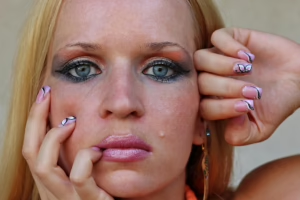

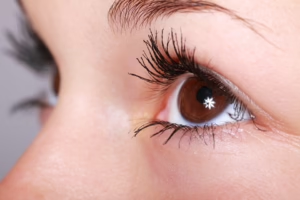
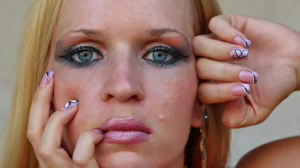
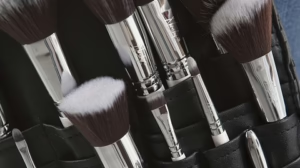
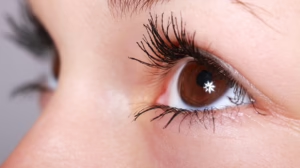




Add Comment